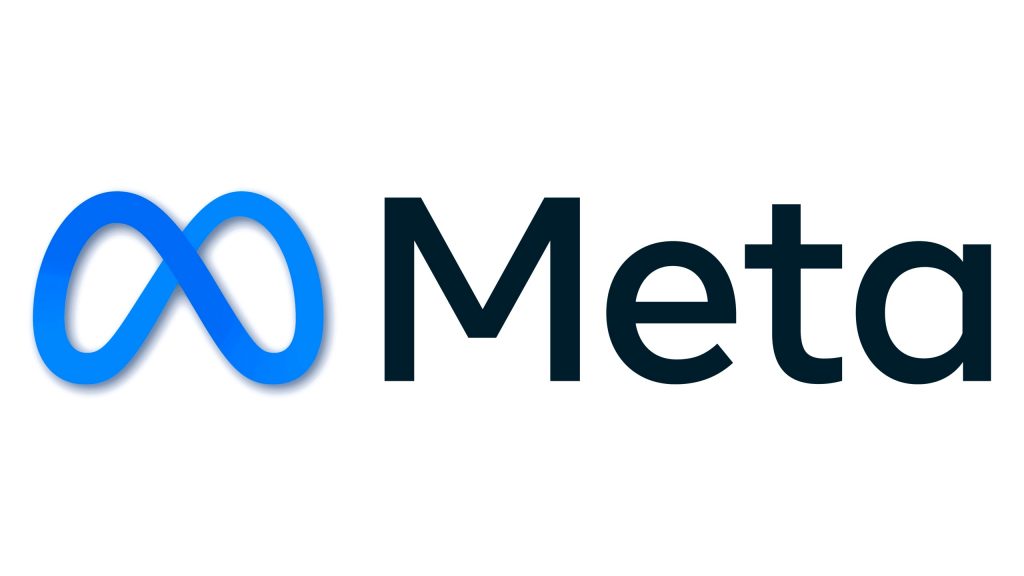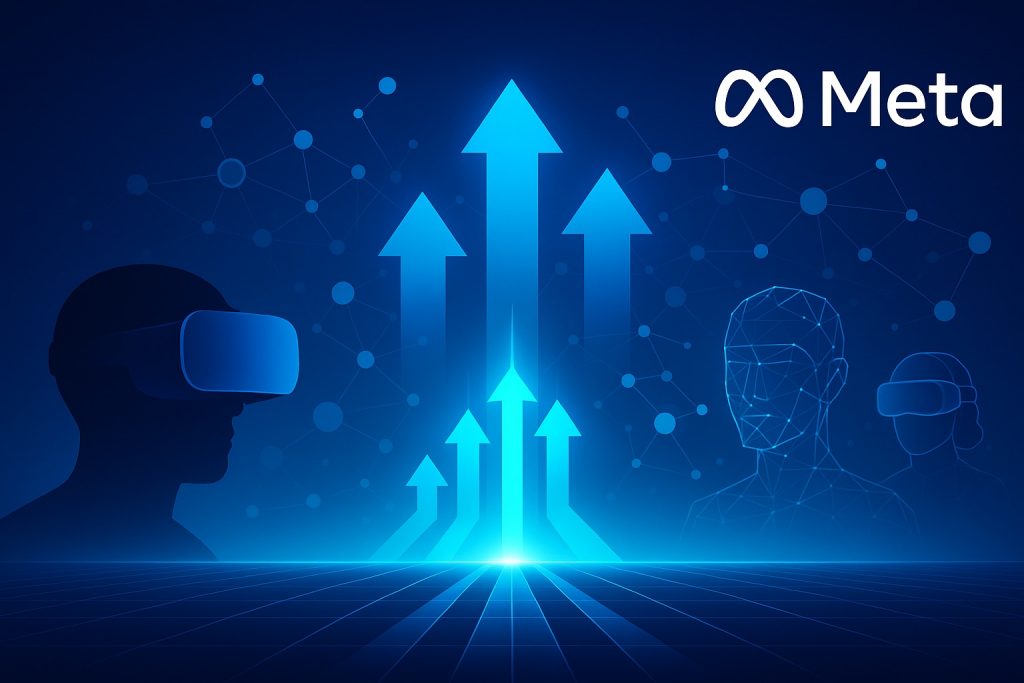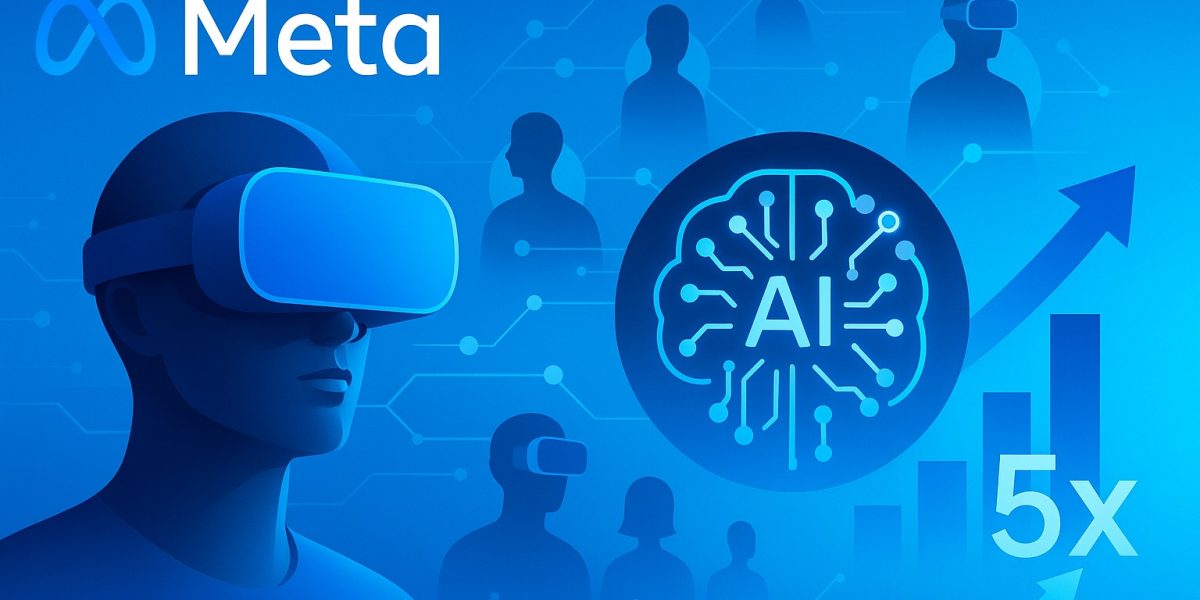Meta is demanding a fundamental operational overhaul for its metaverse division, requiring employees to embed artificial intelligence throughout all aspects of their work to achieve five-fold productivity increases. This ambitious initiative, disclosed through internal communications obtained by multiple outlets, represents a significant pivot for the company’s struggling virtual reality unit.
Vishal Shah, Meta’s VP of Metaverse, introduced the “AI4P” (AI for Productivity) program in an internal message urging employees to “think in terms of 5X, not 5%”—emphasizing transformational rather than incremental improvements. The directive arrives amid mounting pressure on Meta to justify billions in metaverse investments that have generated limited mainstream traction.

Company-Wide AI Implementation Strategy
The initiative extends beyond traditional engineering roles to encompass product managers, designers, and cross-functional partners, with Shah emphasizing that all team members must “roll up their sleeves and build prototypes, fix bugs, and push the boundaries of what’s possible.” Meta expects 80% of its metaverse workforce to incorporate AI into daily workflows by year’s end, supported by dedicated training programs and “AI learning days.”
This metaverse-focused push aligns with broader company trends. Meta has implemented dashboards tracking employee AI usage and created a gamified system called “Level Up” to encourage adoption. The Reality Labs division specifically targets increasing AI tool usage above 75% from the current 70% baseline.
Strategic Context and Broader Implications
The mandate reflects CEO Mark Zuckerberg’s wider vision for AI’s role within Meta. He previously predicted artificial intelligence would write most of the company’s code within 12-18 months, and Meta now permits job candidates to use AI during coding interviews. The company is investing $60-65 billion in AI infrastructure for 2025, including massive data center construction and deployment of over 1.3 million GPUs.
However, aggressive targets have sparked concerns among engineers regarding code quality and challenges maintaining AI-generated systems. Some developers worry about creating technical debt and the complexity of debugging code they didn’t write—echoing broader industry debates about AI’s impact on software development quality.
What 5x Productivity Actually Means
The “5X not 5%” framing deserves unpacking because it reveals Meta’s expectations for how AI should transform work rather than merely accelerate it. A 5% improvement suggests doing current tasks slightly faster—perhaps using AI to generate first drafts of documentation or automate repetitive code patterns. That’s incremental optimization.
Five-fold productivity implies fundamentally reimagining what’s possible with the same resources. Instead of building one feature per sprint, teams would deliver five. Rather than testing a handful of design variations, designers would evaluate dozens. Engineers wouldn’t just write code faster—they’d tackle problems previously considered too resource-intensive to attempt.
Whether this target reflects realistic expectations or aspirational goal-setting that sets teams up for perceived failure remains unclear. Historical precedent suggests that technology alone rarely generates 5x productivity gains without corresponding process changes, organizational restructuring, and careful change management.
Reality Labs Performance Pressure
Meta’s metaverse division operates under intense scrutiny after years of substantial losses. Reality Labs reported operating losses exceeding $46 billion since 2020 while revenue remains relatively modest. The Quest headset line has achieved some market success, but nothing approaching the mainstream adoption Meta envisioned when rebranding from Facebook to Meta in 2021.
The AI productivity mandate can be interpreted as leadership attempting to demonstrate that metaverse investments will eventually deliver returns by showing the division can operate far more efficiently. If the same team can accomplish five times more work using AI augmentation, the business case for continued investment strengthens even without immediate revenue breakthroughs.
This creates obvious pressure on metaverse employees. They’re not just being asked to use new tools—they’re being told to validate the division’s continued existence by proving that AI enables them to deliver dramatically more output. That’s a heavy burden, particularly when job security at Meta has been uncertain following multiple rounds of layoffs.
Engineering Quality Concerns
The engineers’ concerns about code quality and technical debt reflect legitimate software development challenges. When AI generates code, it often works initially but creates maintenance problems:
- Documentation gaps: AI-generated code may lack comments explaining design decisions or edge case handling
- Non-obvious bugs: Subtle errors in AI code can be harder to spot than mistakes in code you wrote yourself
- Architectural inconsistencies: AI might solve immediate problems without adhering to broader system design patterns
- Debugging complexity: When something breaks, understanding code you didn’t write adds investigation time
These issues compound in codebases where significant portions come from AI assistance. Developers inheriting such projects face steeper learning curves and slower troubleshooting. The promised productivity gains from AI-assisted development can evaporate during maintenance phases if code quality suffers.
Meta’s engineers likely understand these trade-offs intellectually but feel pressured to prioritize speed over sustainability. The 5x productivity target doesn’t explicitly account for technical debt or long-term maintainability—it focuses on immediate output velocity.
Training and Adoption Infrastructure
Meta’s 80% adoption target by year-end requires substantial training infrastructure to succeed. “AI learning days” and dedicated programs suggest the company recognizes that simply providing tools isn’t sufficient—employees need guidance on effective usage patterns and best practices.
The “Level Up” gamification system represents an interesting approach to driving adoption. By creating achievement-based incentives around AI usage, Meta attempts to make tool adoption feel like progression rather than mandatory compliance. Whether this resonates with employees or feels like transparent manipulation depends heavily on execution and whether gamification elements align with genuine skill development.
Tracking AI usage through dashboards creates accountability but also potential gaming of metrics. If employees know their AI tool usage is monitored and rewarded, they might use tools even when manual approaches would produce better results—optimizing for measured metrics rather than actual productivity.
Industry-Wide Trends and Competitive Dynamics
Meta isn’t alone in aggressively pushing AI adoption. Microsoft, Google, Amazon, and other tech giants are similarly integrating AI throughout their operations and products. The difference lies in Meta’s explicit 5x productivity mandate and public disclosure of specific adoption targets.
This transparency—whether intentional or leaked—creates competitive pressure. Other companies now know Meta expects its metaverse team to quintuple productivity through AI integration. That sets benchmarks competitors must match or exceed to remain viable, potentially accelerating industry-wide AI adoption regardless of whether it’s genuinely beneficial.
The $60-65 billion AI infrastructure investment dwarfs what most companies can afford, giving Meta advantages in compute capacity, model training, and experimentation. Smaller competitors can’t match this spending, potentially creating winner-take-all dynamics where companies with the largest AI investments pull ahead decisively.

Measuring Success and Accountability
How will Meta actually measure whether teams achieved 5x productivity gains? Traditional software development metrics like lines of code, features shipped, or bugs fixed all have obvious limitations and can be gamed. More sophisticated approaches might examine:
- Business value delivered: Did products become more engaging, retain users better, or generate more revenue?
- Development velocity: Are teams completing roadmap items faster while maintaining quality?
- Innovation rate: Are teams tackling more ambitious projects than previously feasible?
- Resource efficiency: Is the same team accomplishing work that previously required larger headcount?
Each metric faces measurement challenges and potential unintended consequences. Emphasizing speed might sacrifice quality. Focusing on innovation could neglect maintenance. Optimizing for specific targets often produces unexpected behaviors as teams adapt strategies to perform well on measured dimensions.
Without clear success criteria, the 5x mandate risks becoming aspirational rhetoric rather than actionable guidance. Teams might interpret it differently, leading to inconsistent adoption and confusion about whether they’re meeting expectations.
What This Means for Meta’s Metaverse Strategy
The AI productivity push suggests Meta remains committed to metaverse development despite disappointing commercial results. Rather than scaling back investment, leadership is betting that AI augmentation can make the division viable by dramatically reducing costs per unit of output.
This strategy makes sense if Meta believes the metaverse remains the company’s long-term future despite current challenges. AI-accelerated development could help Meta reach inflection points—compelling content libraries, social experiences that attract mainstream users, or hardware breakthroughs—before competitors or before stakeholder patience runs out.
Alternatively, the mandate might reflect recognition that Reality Labs needs to demonstrate dramatic efficiency improvements to justify continued funding. If the division can show it operates five times more efficiently than before, leadership can argue for maintained or increased investment even without proportional revenue growth.
For employees, the mandate creates both opportunity and risk. Those who successfully leverage AI to dramatically increase their output might become indispensable and position themselves for advancement. Those who struggle with AI integration or resist the push might find themselves viewed as obstacles to necessary transformation—particularly concerning given Meta’s recent layoff history.
The broader question is whether 5x productivity targets represent genuine opportunity or setting teams up for failure. If Meta seriously expects quintupled output and judges performance accordingly, many employees will fall short regardless of effort or AI proficiency. If the target serves more as aspirational motivation, with realistic expectations closer to 50-100% improvements, it might drive meaningful change without creating unsustainable pressure.
Reality Labs’ next several quarters will reveal which interpretation proves accurate. If the division demonstrates substantially increased output velocity, successful navigation of technical debt concerns, and maintained or improved product quality, Meta’s bet on AI-augmented productivity will be validated. If code quality deteriorates, projects accumulate maintenance burdens, or productivity gains prove modest, the initiative joins the long list of ambitious corporate programs that underdelivered against inflated expectations.




Post a comment